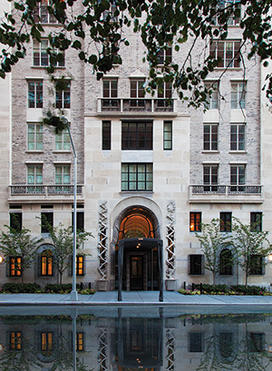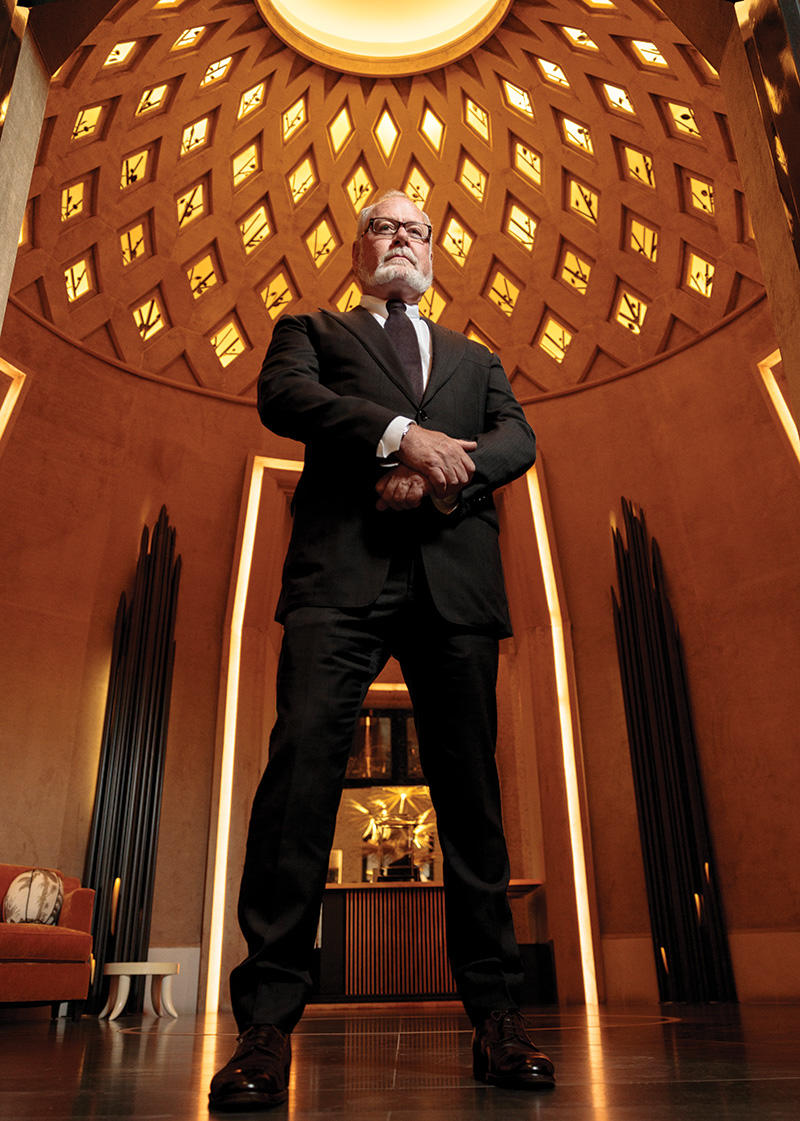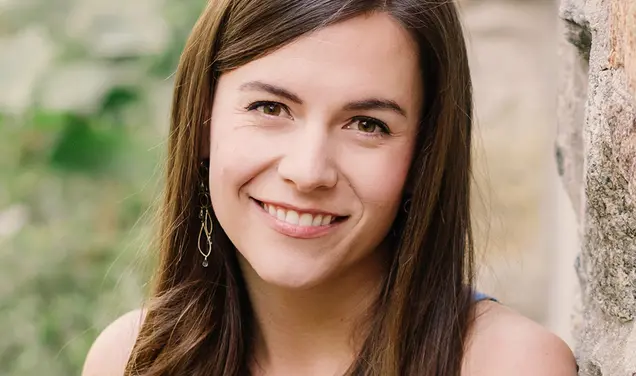The Luxury Is In the Details for Celebrity Designer William Sofield ’83
Spend just 10 minutes surveying the interior of a New York City residential building designed by William Sofield ’83 and you’ll be treated to the prolific designer’s intimate attention to details.
Inside midtown Manhattan’s 111 W. 57th St., otherwise known as the Steinway Tower due to its base being the former home of the Steinway & Sons piano store and recital hall, the residential skyscraper boasts some of Sofield’s graceful touches that share narratives beyond the aesthetic appeal: The lobby’s custom gold-and-silver-leaf murals feature depictions of elephants surrounded by ebony trees breaking out of the Central Park Zoo, in what Sofield calls an homage to the resources used to make pianos.
Look up and you’ll see four ebony trees and leaves intertwining within a dome acting as a light fixture.
“I see architecture as a series of emotional experiences that engages both mind and body,” Sofield, 62, tells PAW.
A sought-after designer of the interiors and exteriors of residential buildings, retail outlets, hotels, private clubs, and fitness clubs, Studio Sofield, based in New York, has created spaces for brands such as Tom Ford, Gucci, Bottega Veneta, Harry Winston, and Ralph Lauren. He’s also designed residences and commercial projects for Tom Ford himself, and celebrity couple Kelly Ripa and Mark Consuelos. He’s worked on projects in Los Angeles, Beverly Hills, Las Vegas, and in countries such as China, Germany, Switzerland, Indonesia, and Spain.
“I learned that luxury has nothing to do with cashmere and 24-karat gold but what people enjoy touching and feeling and how I can bring that relationship out in the design.”
— William Sofield ’83
Sofield is adamant that a building design shouldn’t just be attractive to those inside the site but also for those outside. At the Steinway Tower building, Sofield added engravings outside featuring branches gripped by animals such as owls, dragonflies, and partridges. “Buildings have a civic responsibility too, and I added the sculptures as I knew there was a bus stop close to the building entrance where people would stop and might take in this piece,” Sofield says.
He did the engraving himself, a skill he honed when he apprenticed with an Italian millworker on the Upper East Side after graduation. “My academic background didn’t include an understanding of the craft of design. I wanted to dedicate myself to specializing in the trades because a lot of technical knowledge was disappearing quickly, as New York rents then were rising so high that many craftspeople had to close their shops,” he recalls.
Raised in Metuchen, New Jersey, 5-year-old Sofield was fascinated by the design of homes. He dabbled in sketching blueprints of “homes that looked like they were from The Jetsons, then I would also sketch places that were Neo-Gothic.”

While at Princeton, Sofield revelled in not just the architectural history courses and inspiring professors such as the late William Shellman *41, but also the look of the campus. “It was a romantic and bucolic time there, and I remember an impromptu party at Prospect House where people brought candles to fill a massive cedar of Lebanon with lanterns,” he says. “There was an old part of the Art Museum that stylistically bridged Romanesque and collegiate Gothic architecture, and it’s a shame it’s no longer there.”
After launching a design studio with a partner, Sofield sought his own direction and began Studio Sofield in 1996.
On his design philosophy, Sofield says, “I want my work to have an impact on people and I try not to do what others are doing. I learned that luxury has nothing to do with cashmere and 24-karat gold but what people enjoy touching and feeling and how I can bring that relationship out in the design.”
Drawing inspiration from the outside more so than the design community, Sofield is known to take meandering walks in cities such as Tokyo and London to absorb how pedestrians interact with the outdoor spaces. Not every saunter will feed directly into a blueprint, but they help nurture his appreciation for both art and history. As he puts it, “going down a very controlled and planned path isn’t interesting to me as an artist.”











No responses yet